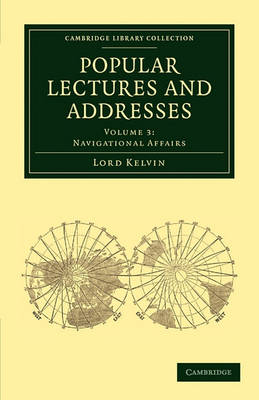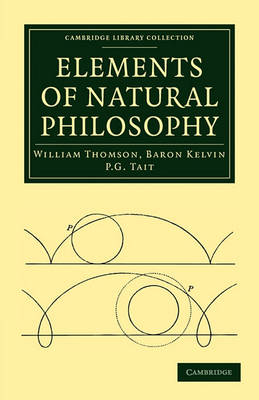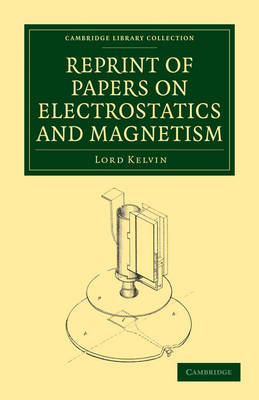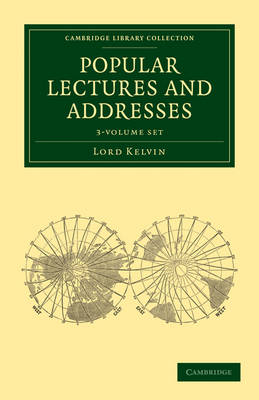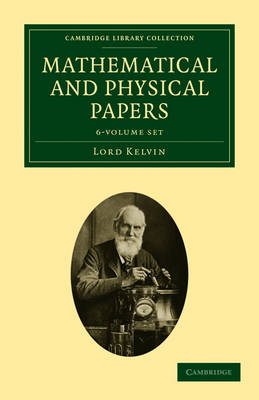Cambridge Library Collection - Physical Sciences
7 primary works • 14 total works
Volume 1
Volume 2
Volume 3
Volume 3
Mathematical and Physical Papers: Volume 3, Elasticity, Heat, Electro-Magnetism
by William Thomson
Volume 4
Mathematical and Physical Papers: Volume 4, Hydrodynamics and General Dynamics
by William Thomson
Volume 5
Volume 6
Popular Lectures and Addresses: Volume 3, Navigational Affairs
by William Thomson
Popular Lectures and Addresses: Volume 2, Geology and General Physics
by William Thomson
Popular Lectures and Addresses: Volume 1, Constitution of Matter
by William Thomson

